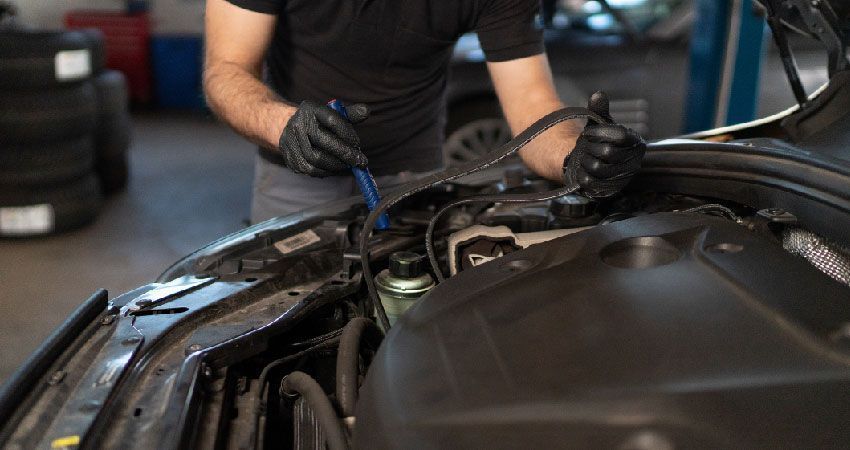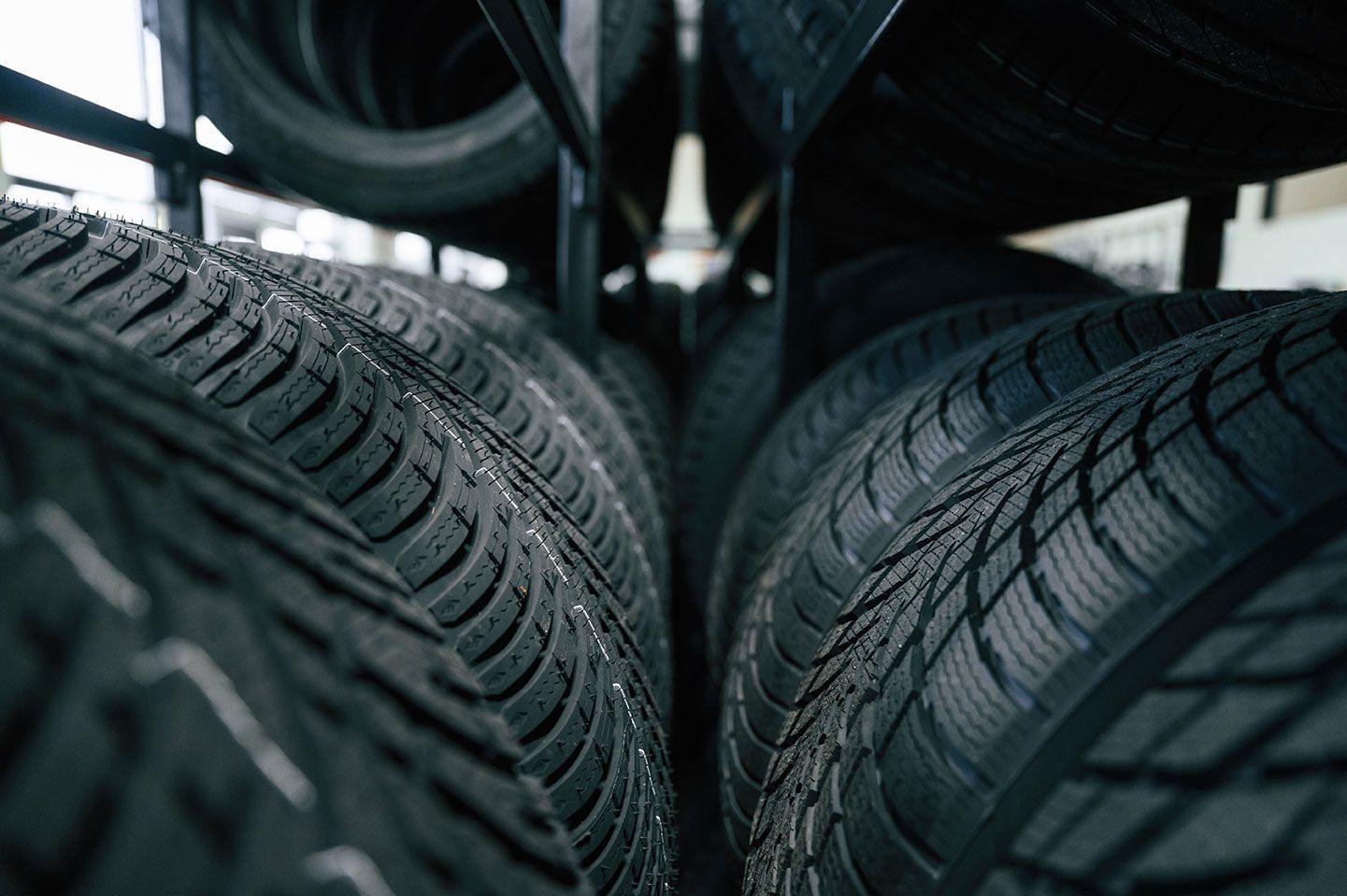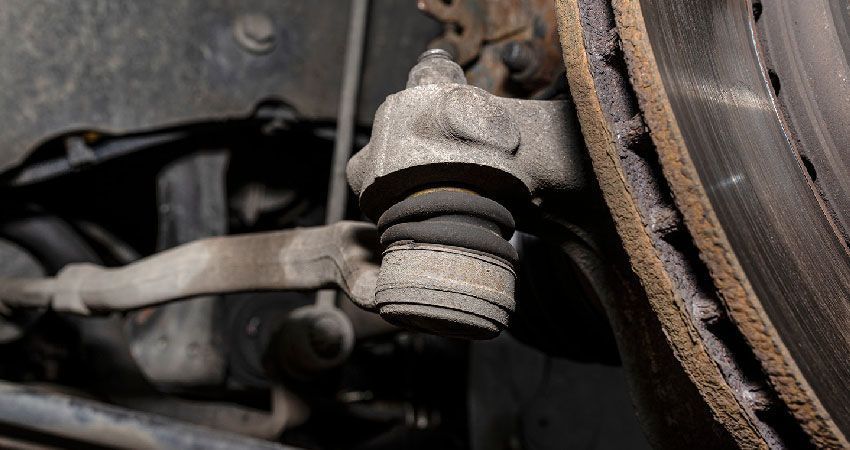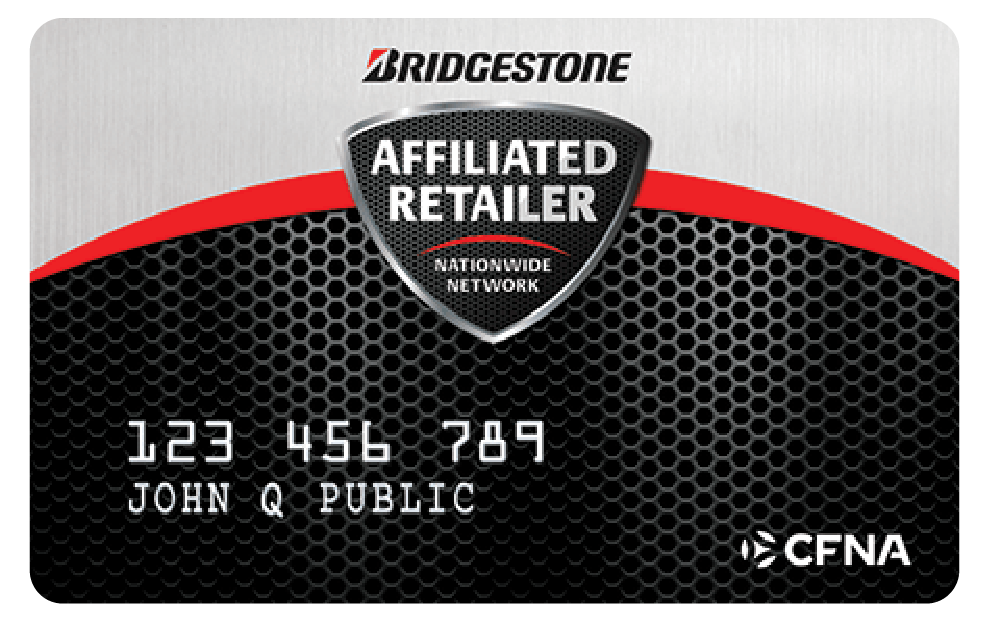Is It Time To Replace Your Timing Belts?

The Function of Timing Belts
Why do you need to replace your engine's timing belt?
If the timing belt fails, your entire engine will fail. If a timing belt is worn or stretched, it can throw off the timing of the valves and pistons. This can cause the pistons to hit a closed valve and damage or bend the valves and pistons. Again, if a timing belt is worn or stretched, it can disrupt the timing of your engine and cause serious damage to your engine’s valves and pistons, which will lead to a much more expensive repair.
When do you need to replace your engine's timing belt?
A timing belt typically lasts from 60,000 to 100,000 miles. The owner’s manual for your vehicle should be followed regarding the replacement of your vehicle’s timing belt. Replacing a timing belt should be done by a car-care professional only. It is a difficult process that may require moving other parts in your engine, such as the water cooler. Then, after the new timing belt is installed, it must be synchronized with the crankshaft and camshaft in order to operate properly and precisely.
Comprehensive Coverage for All Your Automotive Repair Needs Awaits You!

By Melissa Underwager
•
August 7, 2025
When it comes to the performance, safety, and aesthetics of your car, one often-overlooked but crucial component is the wheel. Car wheels serve not only as the foundation for movement but also play a significant role in handling, fuel efficiency, and overall driving experience. In this blog, we’ll dive deep into everything you need to know about car wheels, from their construction to how to choose the best ones for your vehicle.












